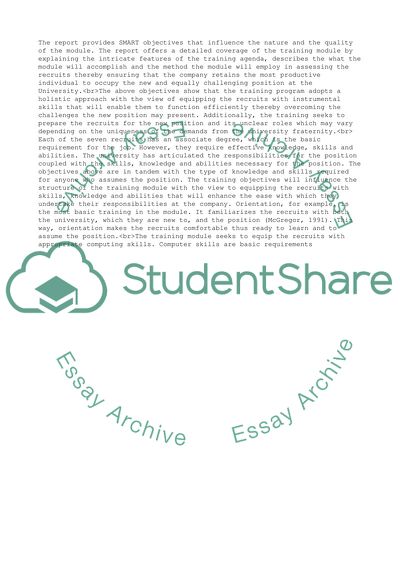Cite this document
(Customer Service Training Case Analysis Essay Example | Topics and Well Written Essays - 1750 words, n.d.)
Customer Service Training Case Analysis Essay Example | Topics and Well Written Essays - 1750 words. https://studentshare.org/human-resources/1866208-customer-service-training-case-analysis
Customer Service Training Case Analysis Essay Example | Topics and Well Written Essays - 1750 words. https://studentshare.org/human-resources/1866208-customer-service-training-case-analysis
(Customer Service Training Case Analysis Essay Example | Topics and Well Written Essays - 1750 Words)
Customer Service Training Case Analysis Essay Example | Topics and Well Written Essays - 1750 Words. https://studentshare.org/human-resources/1866208-customer-service-training-case-analysis.
Customer Service Training Case Analysis Essay Example | Topics and Well Written Essays - 1750 Words. https://studentshare.org/human-resources/1866208-customer-service-training-case-analysis.
“Customer Service Training Case Analysis Essay Example | Topics and Well Written Essays - 1750 Words”. https://studentshare.org/human-resources/1866208-customer-service-training-case-analysis.


